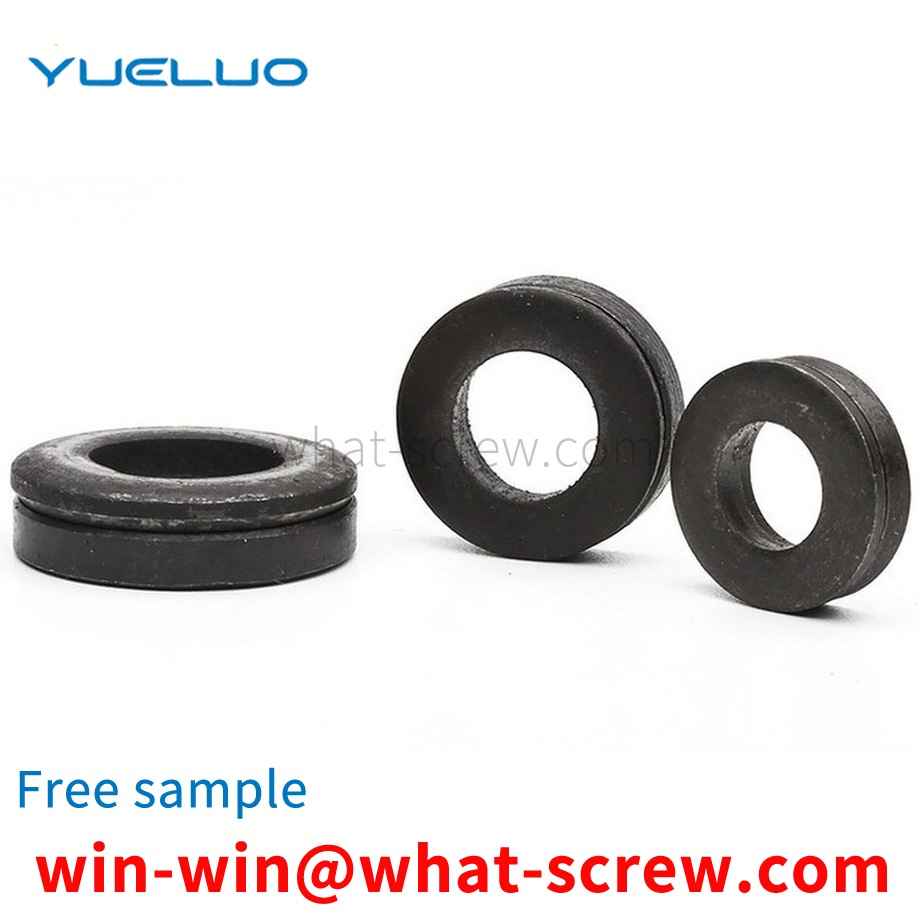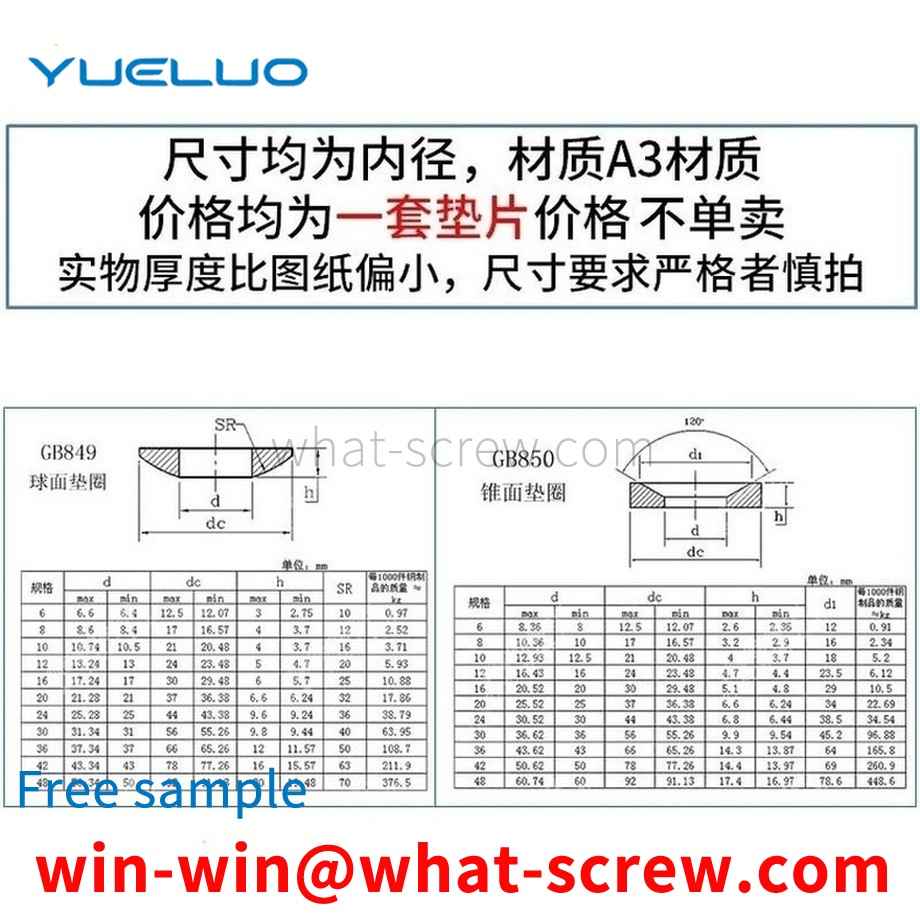rotating rod is rotatably installed on one side of the two pillars that are close to each other, and a second bevel gear is welded on the ends of the two rotating rods that are close to each other. The two second bevel gears are meshed with the two first bevel gears respectively. , The first sprocket is welded on the two rotating rods, the chain is meshed on the two first sprockets, and the screw rods are installed on the sides of the two pillars that are close to each other. Above the rod, the second sprockets are welded on the two screw rods, the two second sprockets are connected to the two first sprockets through two chains respectively, and threaded blocks are threaded on the two screw rods. The sides of the two threaded blocks close to each other are symmetrically welded with connecting columns, and the sides of the four connecting columns close to each other are welded with movable rods respectively. The other ends of the support plates are respectively rotatably installed with the same support plate, and the assembly device body is fixedly installed on the top of the support plate.
At present, with the continuous growth of the demand for communication products, higher and higher requirements are put forward for the production capacity of equipment manufacturers, and at the same time, the requirements for the cost, weight and reliability of communication products are also more and more stringent. In order to facilitate the positioning of the equipment, pins are often used to complete the equipment, and a certain cost is incurred for its manufacture and assembly. In the past, such parts have been assembled in the form of threads. In order to ensure that the assembly height is within the specified range and to prevent loosening, bar turning is often used to form threads and positioning steps, and thread pinning glue is used in the assembly, and the cost of machining is relatively high. Large, more material waste. Based on the above drawbacks, in order to better solve this problem, some existing manufacturers use the interference fit riveting method, which solves the problem of material waste and anti-loosening, but the inner diameter of the pin hole and the outer diameter of the pin are matched. The machining accuracy of the machine is relatively high. Once the matching size is out of tolerance, a second matching is required, which wastes working hours and increases the slack time.
captive screw is a commonly used pressure riveting part. Usually the captive screws are directly riveted on the motherboard, so as to play the role of fixing the components, and there is a high requirement for the distance between the opening holes on the component. Once the distance between the through holes on the component and the If the distances between the riveting holes on the motherboard do not match, the components cannot be riveted on the motherboard, which will result in defective or scrapped products, thereby increasing production costs and reducing production efficiency.
In all kinds of machines and equipment, the various parts are fixed and assembled by bolts and nuts. However, after the machine and equipment are used for a period of time, the bolts and nuts will become loose, which will bring great safety hazards to the use of the machine and equipment. For this reason, when bolts and nuts are used for connection, a spring washer is installed between the nut and the connected part. The spring washer is in the shape of a circular ring, and the ring is not closed, and is sleeved on the bolt. The addition of the spring washer has a certain anti-loosening effect, but it can only prevent the nut from rotating relative to the bolt. In the case of large vibration of the machine, the bolt will rotate relative to the connected part.
The advantages of the pressure riveting nut: 1. The length guarantee of the distance range is realized, which greatly simplifies the assembly process and speeds up the production progress of the assembled spacing panel and accessories; 2. The back of the plate is completely embedded and flat, while ensuring the head of the nut column The plane is smooth with the plate; 3. The raw material is free-cutting iron or free-cutting stainless steel; the technical guide for the application of the pressure riveting standoff: 1. When selecting the standoff, it must be based on the thickness of the plate used, the exact size range, and the hardness of the low-carbon steel plate must be less than 70RB, the hardness of stainless steel plate must be less than 80RB. 2. The surface of free-cutting iron is treated, and the stainless steel maintains its original color. Users can order according to the model and specifications in the table according to their needs, or they can also make special orders according to their needs. 3. The hole size of the plate must be processed according to the tolerance size of 0-+0.075mm, and punching is recommended. 4. The installation must be realized by press riveting operation, and it must not be knocked in by impact. 5. When the material is stainless steel, the tail number should be marked with S. 6. The end face of the nut column is represented by C. 7. The length of the through-hole nut column is full wire below 10mm. If it is above 10mm, it can be reamed on the hexagonal end face (type I) or the round end face (type II).
We have many years of experience in the production and sales of screws, nuts, flat washers, etc. The main products are: *4.24.8 knurled nuts, non-standard bolts, hexagon flange screws, set screws and other products, we can provide you with suitable products Your fastener solution.



















 Service Hotline
Service Hotline




